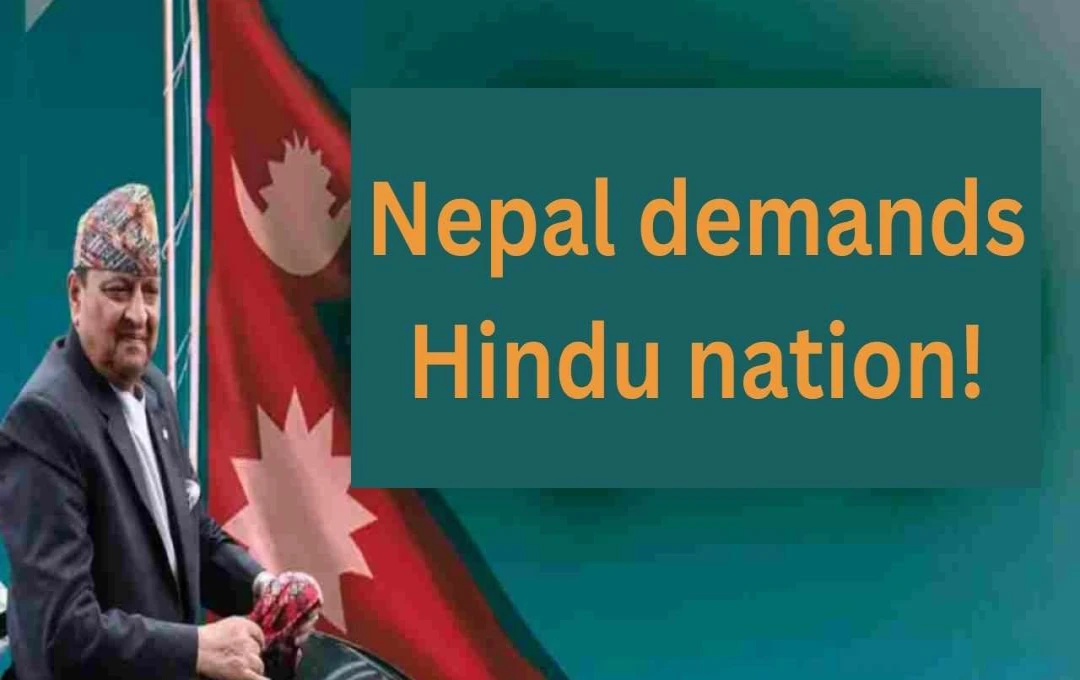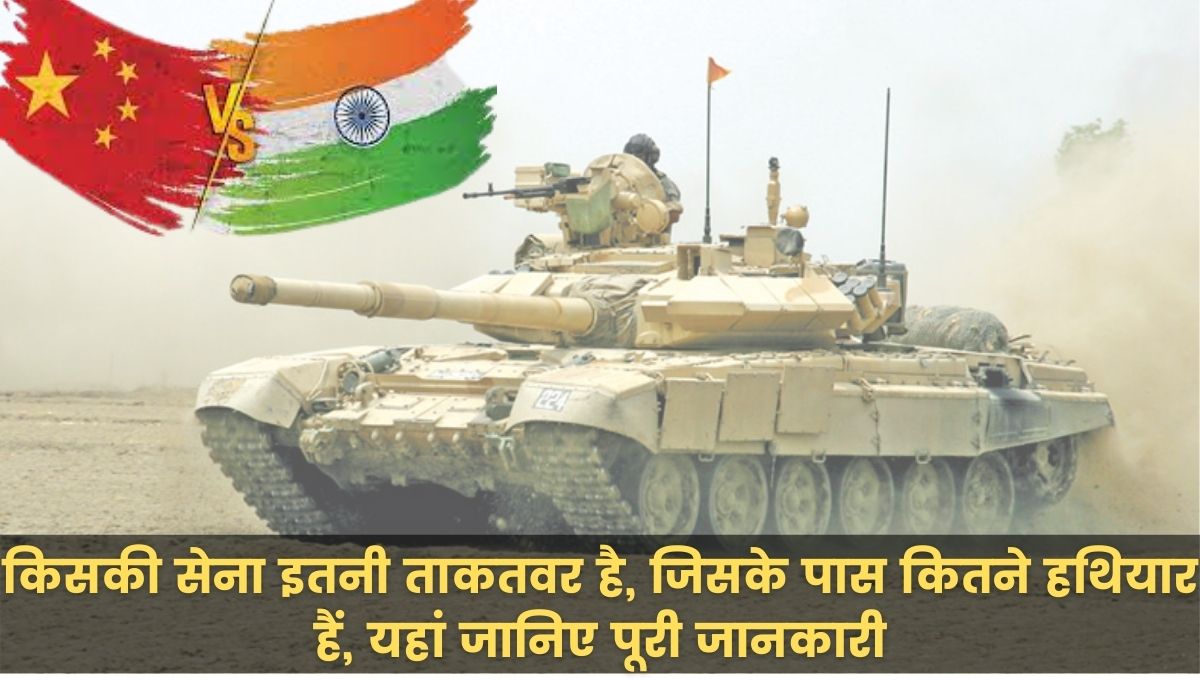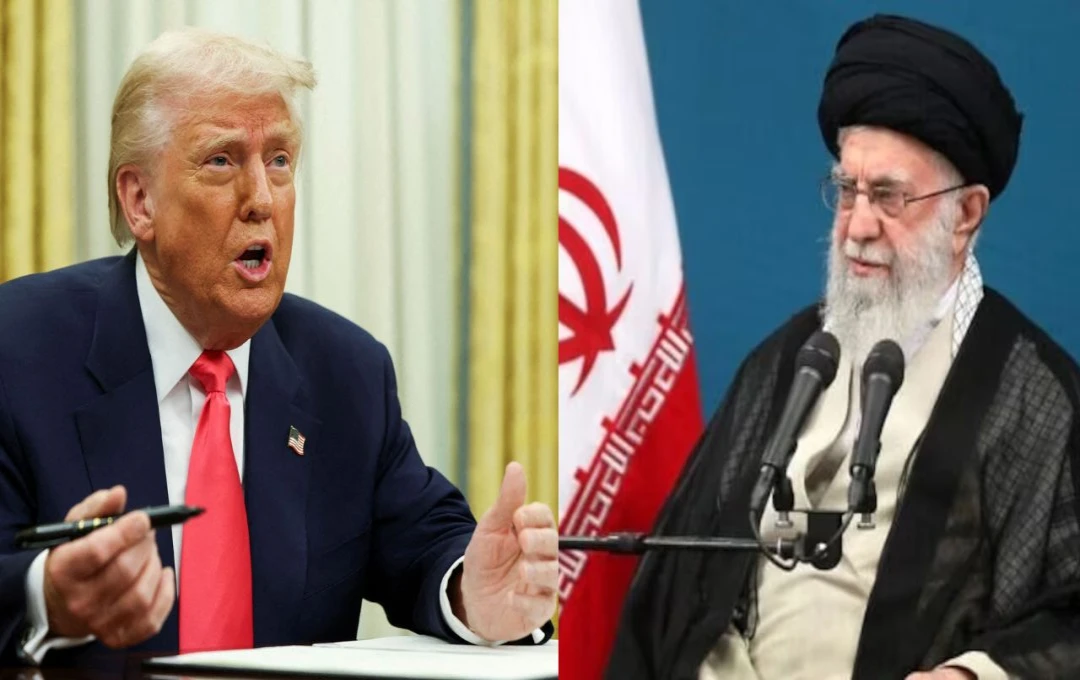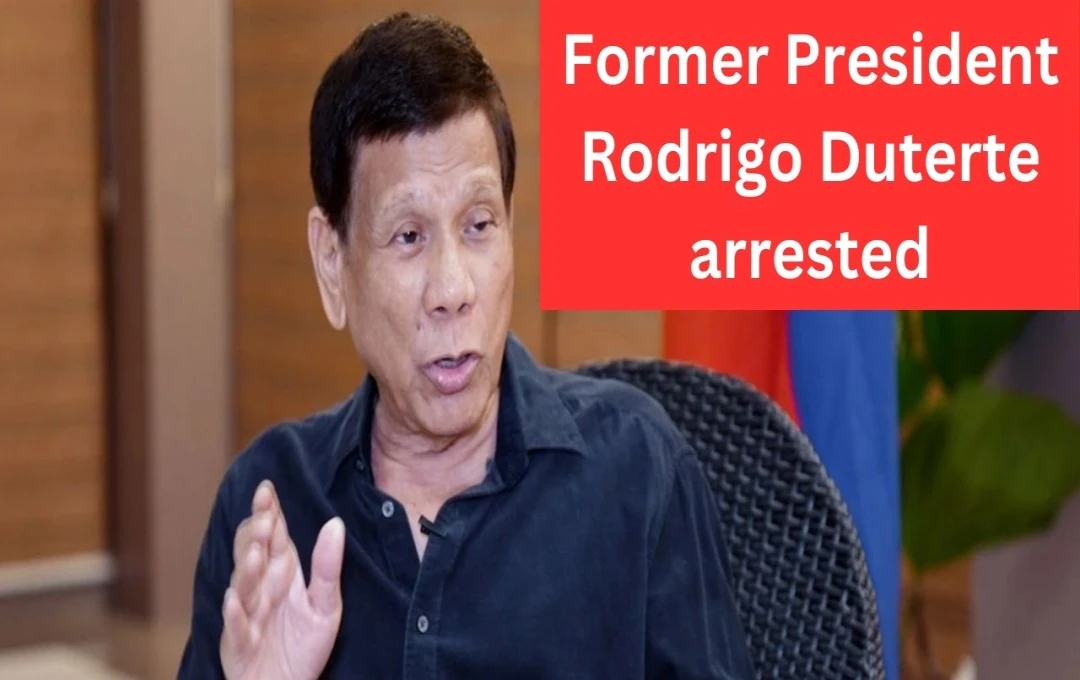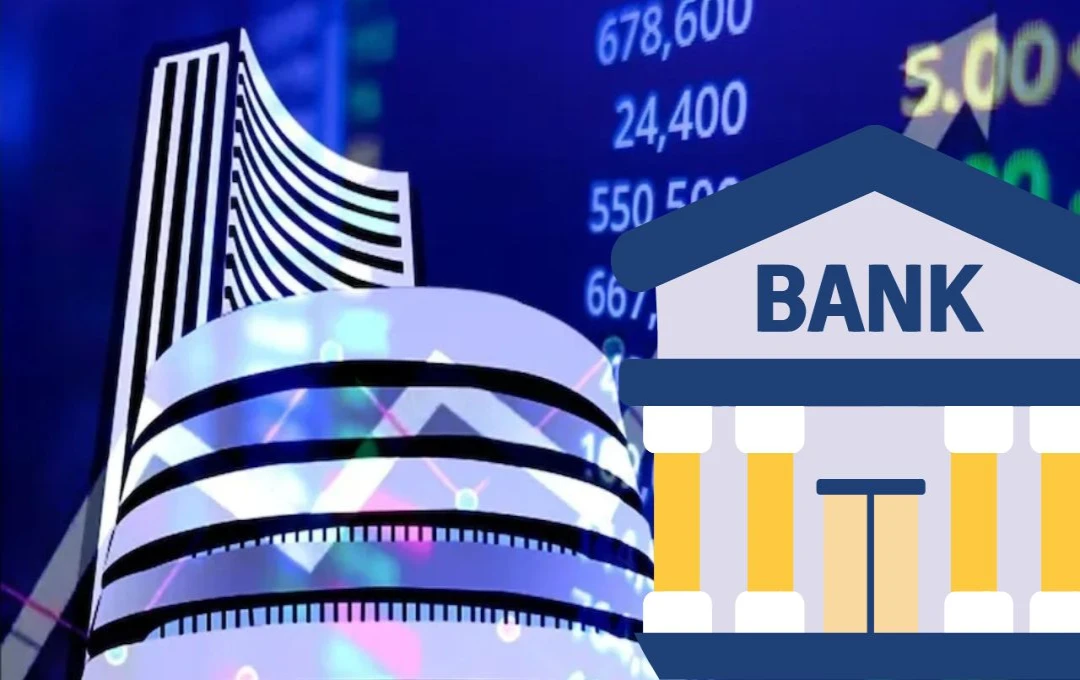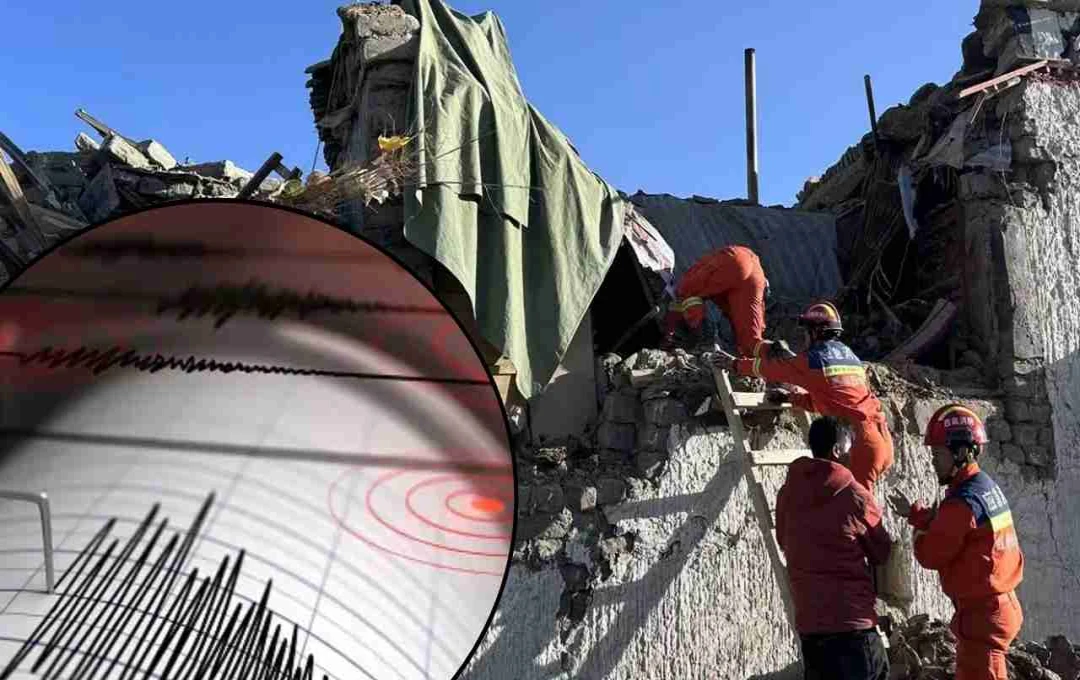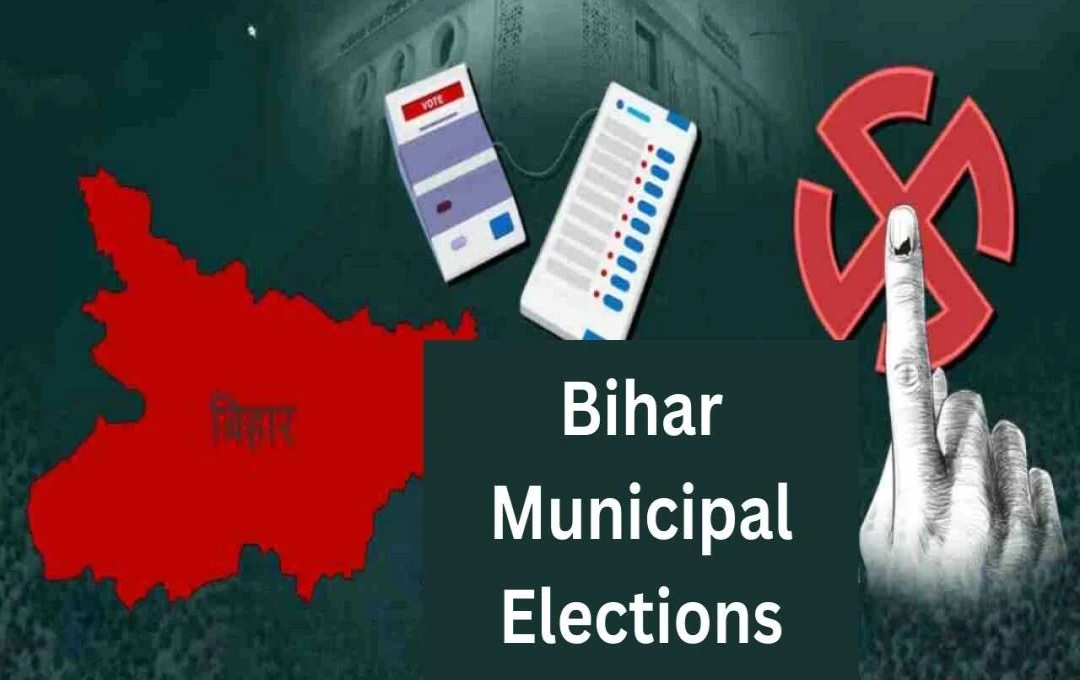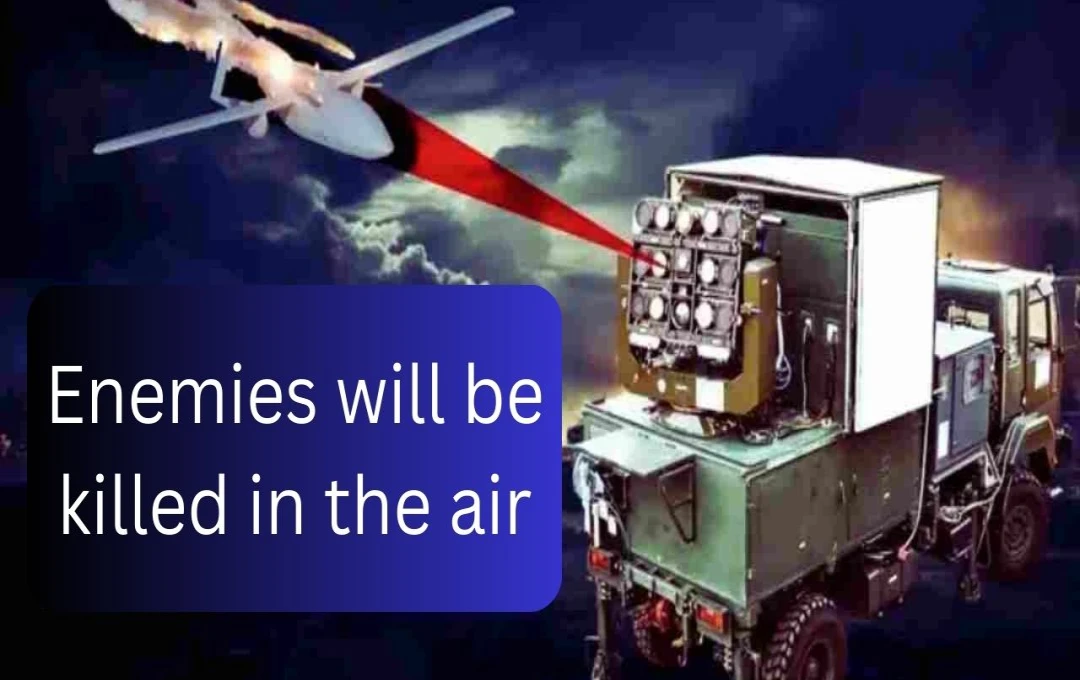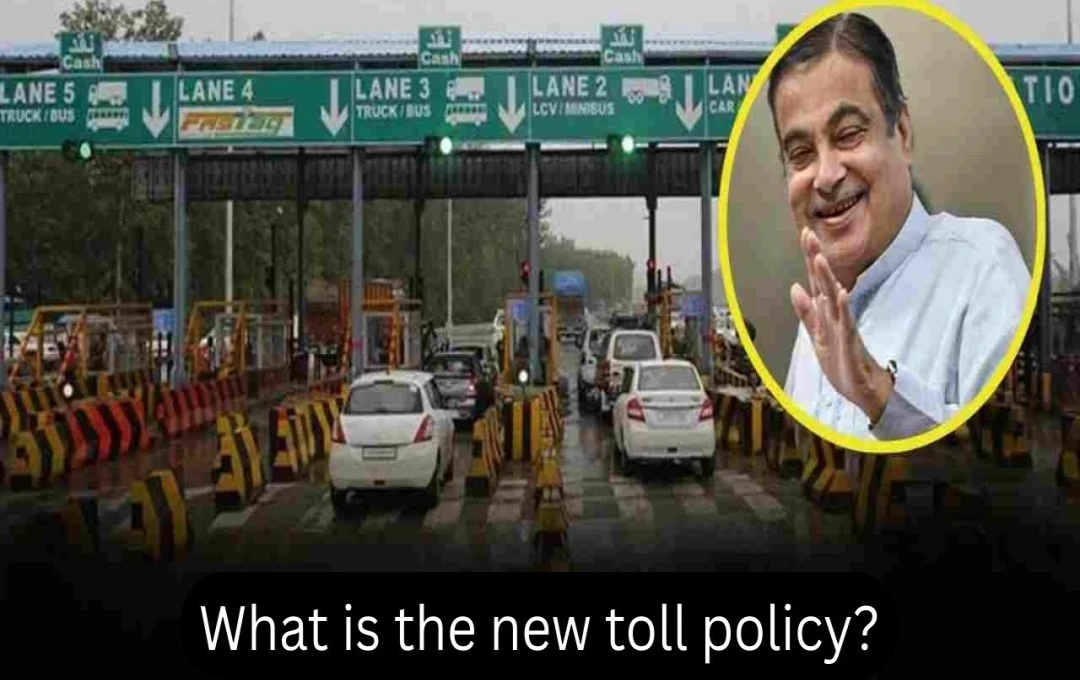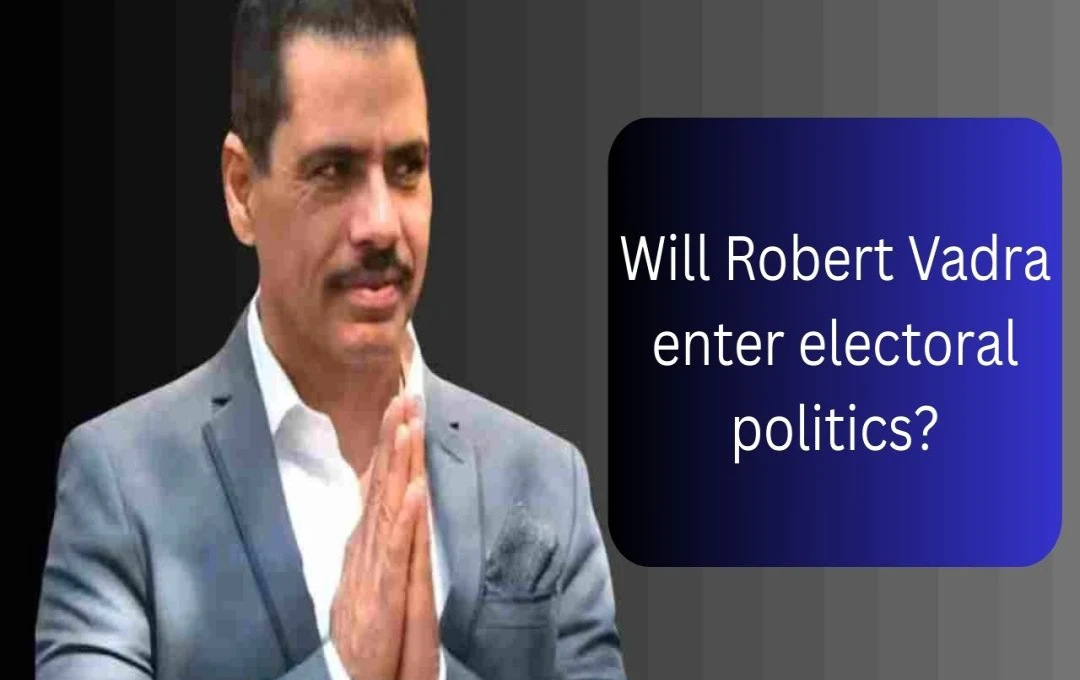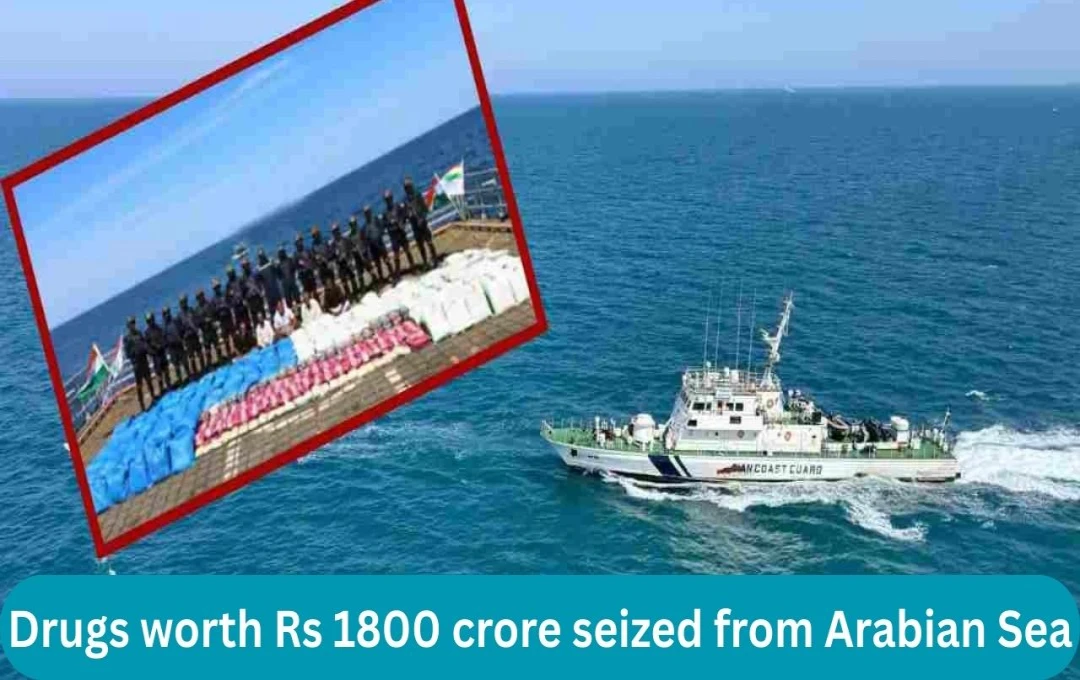The demand for a Hindu state in Nepal is gaining momentum. People are calling for the return of the monarchy, and memories of the past, once again under the leadership of former King Gyanendra Shah, are being revived.
History Of Nepal: Recent demonstrations in support of a Hindu nation and the monarchy in Nepal have once again drawn international attention. Participants are not only dissatisfied with the state of democracy in Nepal but also demand the restoration of the country's former monarchy. Currently, many Nepalese express a preference for a monarchy over democracy and welcome former King Gyanendra Shah, the last Hindu king of Nepal.
Nepal's history is replete with political transformations and power struggles. Before 2008, Nepal was the world's only Hindu nation until the Maoist revolution and leftist movements brought about a significant turning point. This resulted in the end of the monarchy and the establishment of a republic. Until 2008, Gyanendra Shah was the King of Nepal, but following the Maoist insurgency, he was forced to abdicate, leading to the establishment of a democratic republic.
Nepal's Historical Perspective
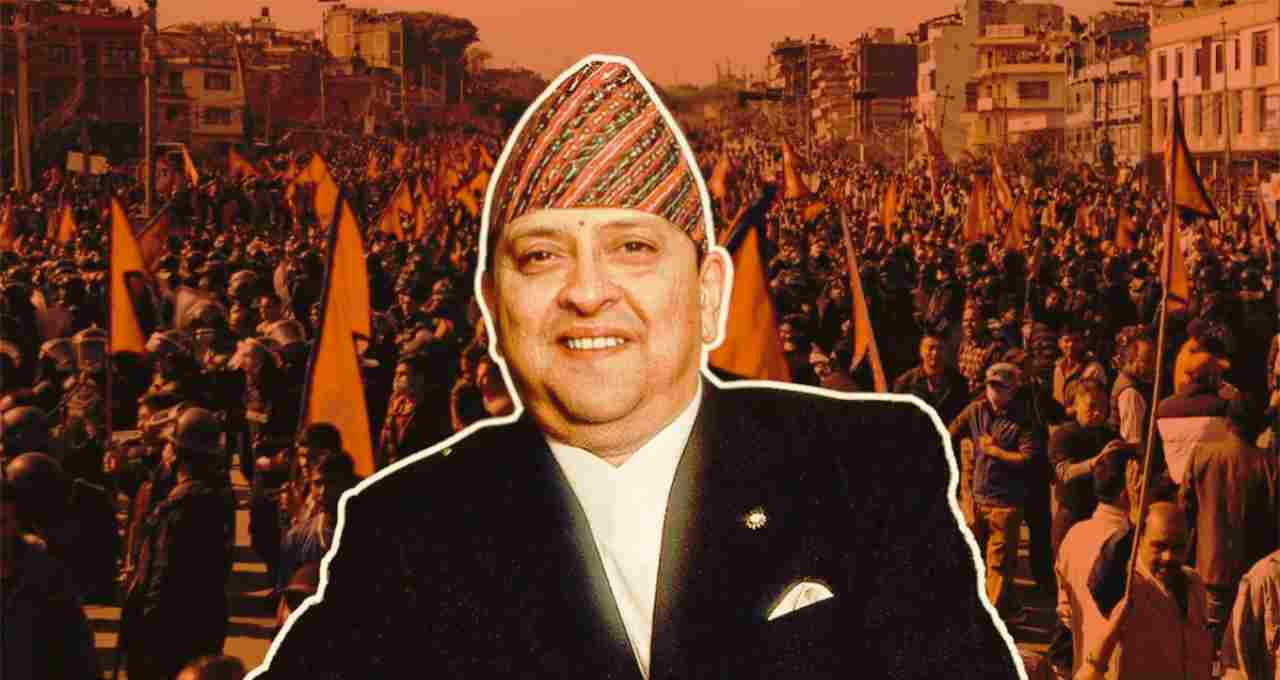
Nepal boasts a rich and fascinating history. Once part of India, its challenging mountainous terrain and courageous people successfully repelled invaders. The Mughals and the British never successfully incorporated Nepal into their empires due to its difficult geography. Nepal maintained its sovereignty, resisting both Mughal and British expansion.
Nepal reached an agreement with the British, granting them trading rights, but in return, the British refrained from interfering in Nepal's internal affairs. This explains Nepal's enduring independence and cultural identity.
Post-2008 Situation: Power Shifts and Emerging Sentiments
Following a Maoist movement in 2008, the monarchy ended, and Nepal became a republic. Gyanendra Shah, the last king, was forced to abdicate. While a democratic process ensued, the results have fallen short of expectations. Many feel that the Maoist government and leftist ideology have not improved the country's condition. Conversely, people are nostalgic for the stability perceived under the monarchy and desire its return.
Growing Public Discontent and the Demand for the Monarchy's Return
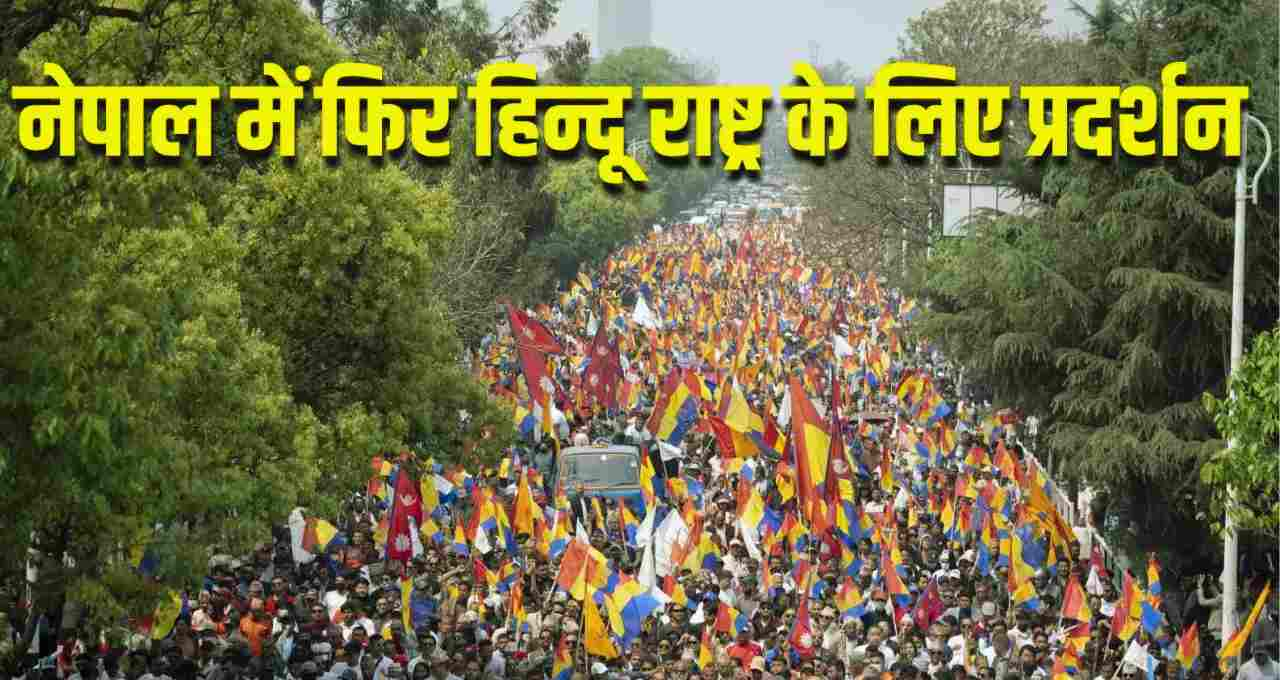
Ravindra Mishra, senior vice-president of the Rastriya Prajatantra Party, stated that the country has lacked stability since the power shift. Citizens face rising inflation, instability, and poor education and healthcare. The poor struggle to meet basic needs, while the wealthy remain unaffected. This fuels the desire for a return to the monarchy.
Monarchy supporters believe it offers a ber and more stable alternative for Nepal. They also feel that under the monarchy, people enjoyed a sense of identity and respect that is now lacking.
What Lies Ahead for Nepal?
Nepal's current political crisis and the demand for a monarchy are not merely a nostalgic yearning for the past but a consequence of the current government's policies and their failures. The future direction of Nepal remains uncertain. Will it continue as a republic, or will it return to its former identity with the restoration of the monarchy? This question is crucial for Nepalese citizens and policymakers worldwide.
